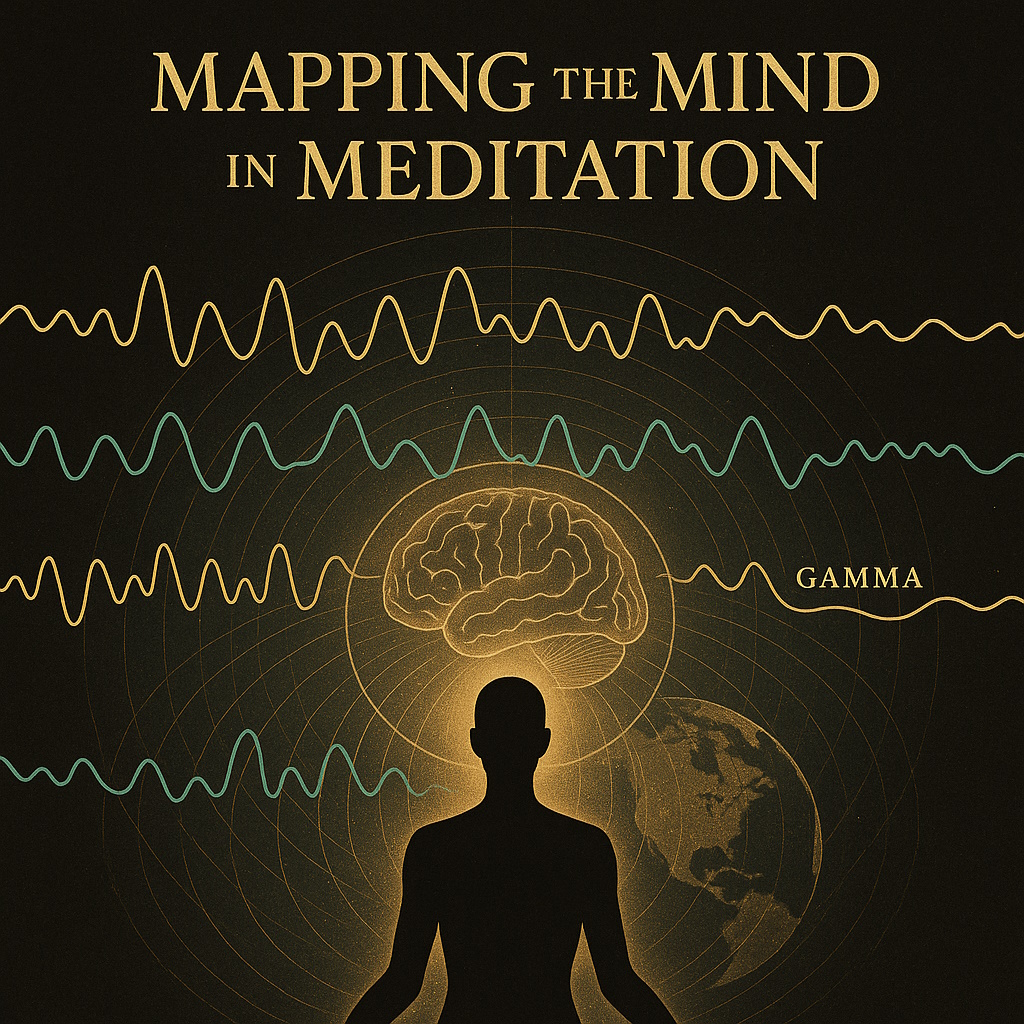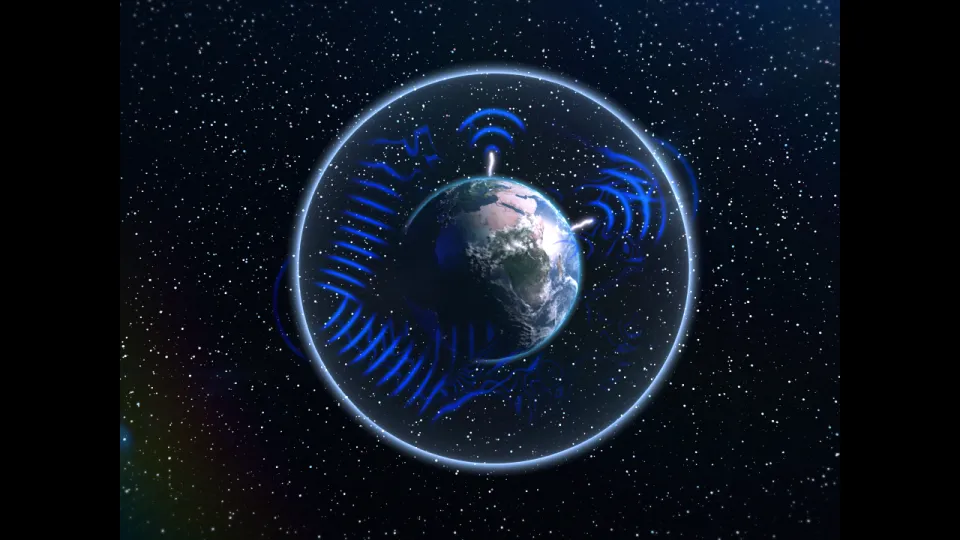EEG Patterns During Meditation and Mental Activity — What I Discovered in My Own Brain

In my latest exploratory study, now published on Zenodo (doi:10.5281/zenodo.17346887), I set out to explore how different mental and meditative states appear in the brain — using nothing more than a Muse 2 headband and years of meditation experience.
As someone with over 2,500 hours of practice in various techniques, from mindfulness to Dantian gong, I wanted to see if consumer EEG devices could capture meaningful neural patterns and help map how consciousness changes across states.
Interestingly, my particular brainwave profile seems to be somehow different from the average, engaging more the right hemisphere.
The Experiment
I recorded my brain activity during eight different conditions, each lasting about 12 minutes:
- Baseline (neutral video)
- Arithmetic and Logical Reasoning
- Active Imagination (creative visualization)
- Progressive Grounding Meditation
- Dantian Gong with Reverse Breathing
- Void Meditation
- Mental Projection
- Energy Circulation through the Microcosmic Orbit
The EEG was recorded at the frontal and temporal lobes — regions linked to attention, creativity, and emotion.
What the Brain Revealed
Each state left a distinct electrical signature:
- Cognitive tasks (like reasoning) showed strong beta and gamma activity in the right prefrontal cortex — typical of focused, analytical thought.
- Active imagination boosted theta and alpha waves bilaterally — the same frequencies linked to creativity, memory, and visualization.
- Meditative states varied more:
- Grounding and Dantian Gong: elevated frontal gamma — signs of intense focus.
- Void meditation: stable, symmetrical activity with reduced beta — a quieter, more coherent mind.
- Energy circulation (microcosmic orbit): increased alpha and theta coherence, suggesting synchronization and integration between hemispheres.
Brainwaves and the Schumann Resonance
Interestingly, the dominant frequencies in deeper meditations — between 7–13 Hz (theta–alpha) — overlap with the Schumann resonance of Earth’s electromagnetic field (~7.83 Hz).
This raises the possibility that deep meditative states could synchronize with natural electromagnetic oscillations, creating a kind of bioelectric resonance between mind and environment.
While speculative, this idea aligns with previous work on bioelectromagnetism and brain-field coupling.
Key Insights
- Even low-cost EEG devices can capture meaningful meditation signatures.
- Different meditation styles engage the brain in unique ways — some through focus (gamma), others through relaxation and integration (alpha/theta).
- Deep, balanced meditative states may reflect natural frequency alignment with the planet itself.
Why This Matters
This experiment shows that personal EEG exploration can complement introspection and meditation practice.
By tracking your own neural patterns, you can begin to understand how attention, imagination, and energy flow shape your consciousness in real time.
It’s a small step toward a personalized neuroscience of meditation — where technology and self-awareness meet.
Read the Full Study
Full preprint available on Zenodo and ResearchGate:
👉 EEG Correlates of Meditation and Mental Activity: Insights from a Single-Case Study
Thank you for reading and for sharing curiosity about the relationship between consciousness and the brain. This project is part of a broader journey to explore how meditation, bioelectricity, and the subtle dynamics of mind and energy connect within and beyond the body. If this topic resonates with you, I invite you to keep following my work — new studies, reflections, and experiments are on the way. Together, we can continue bridging inner experience with measurable science.


